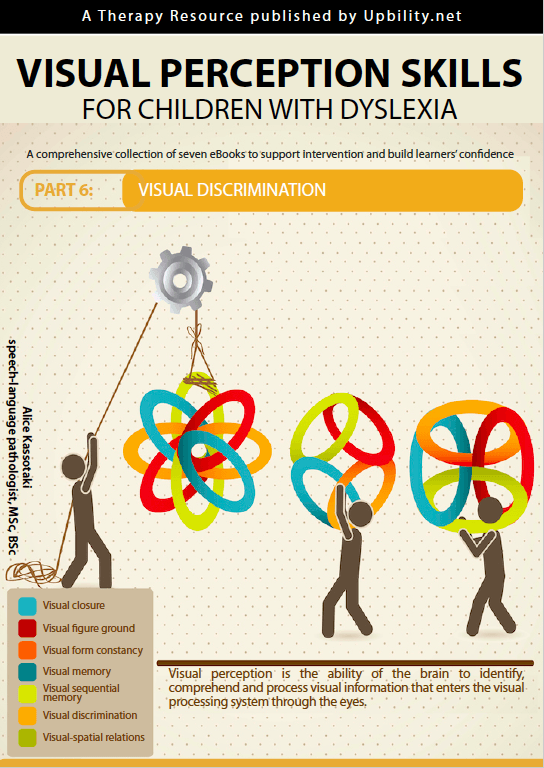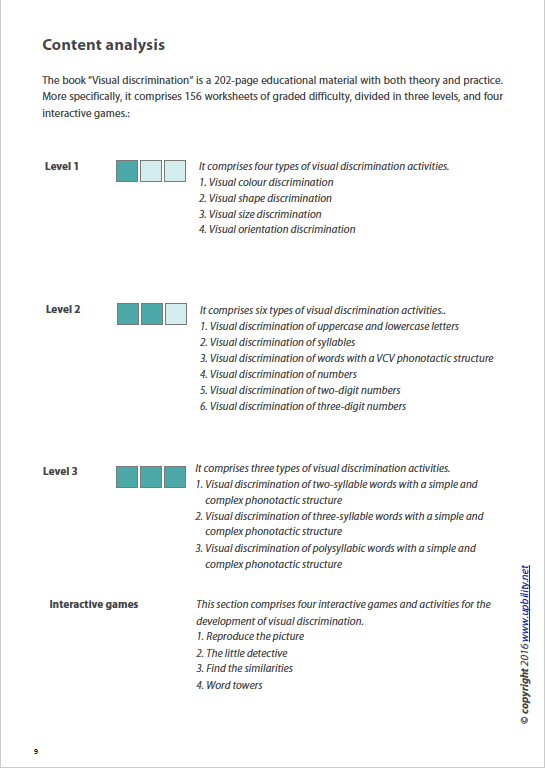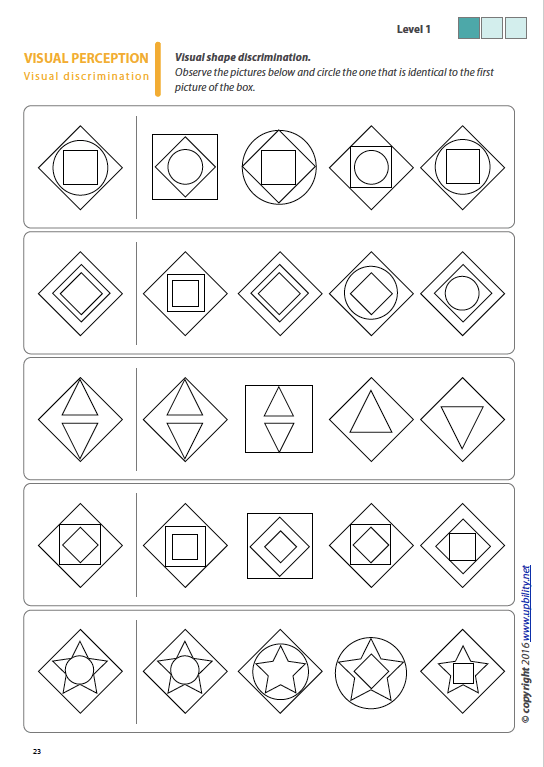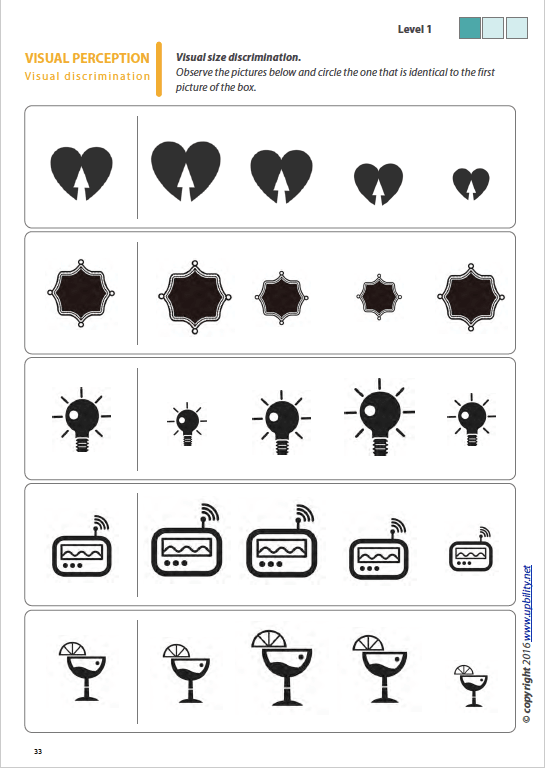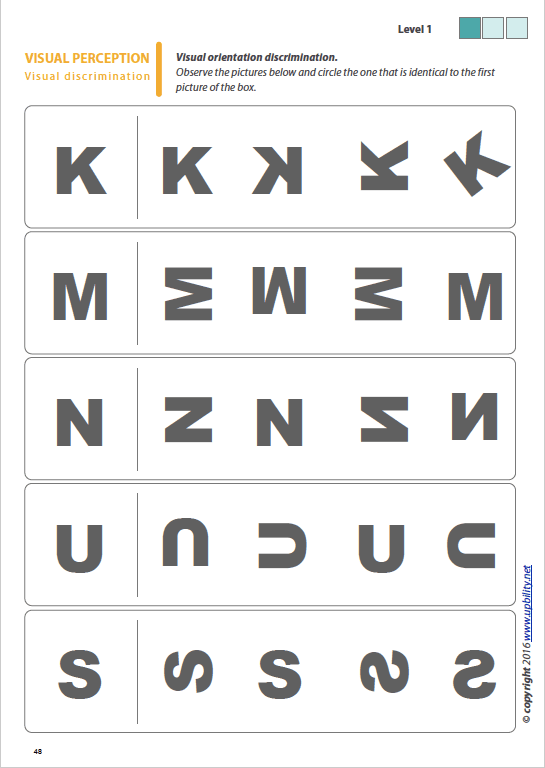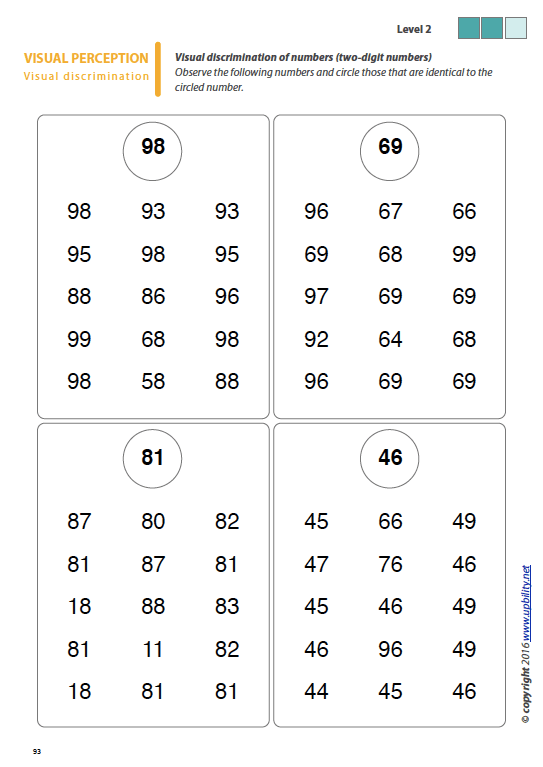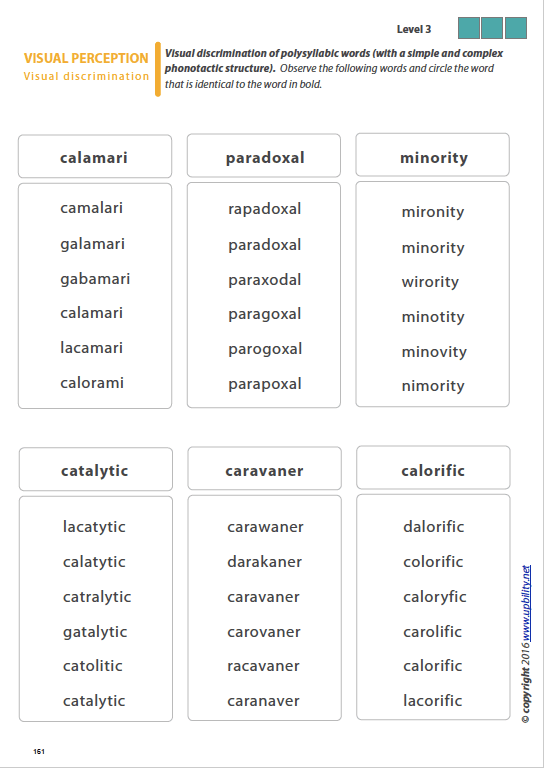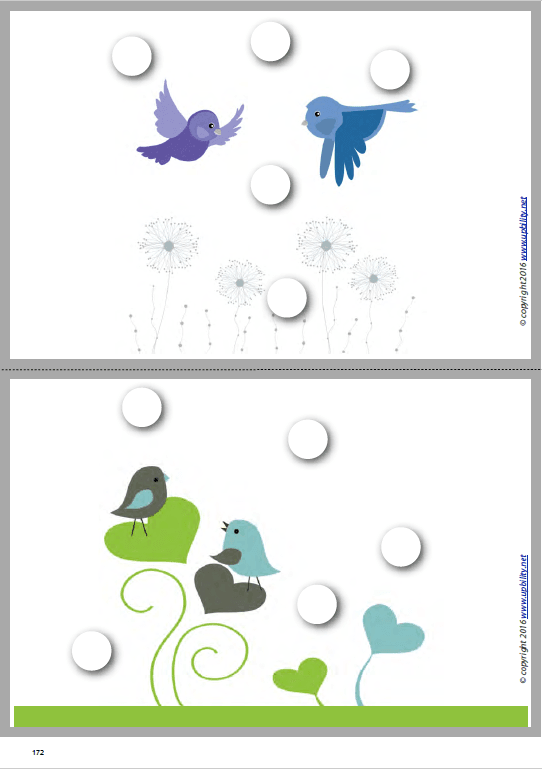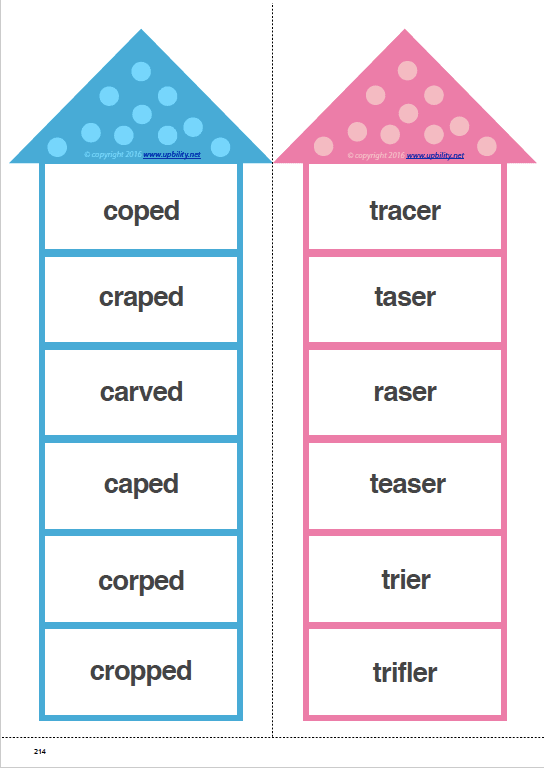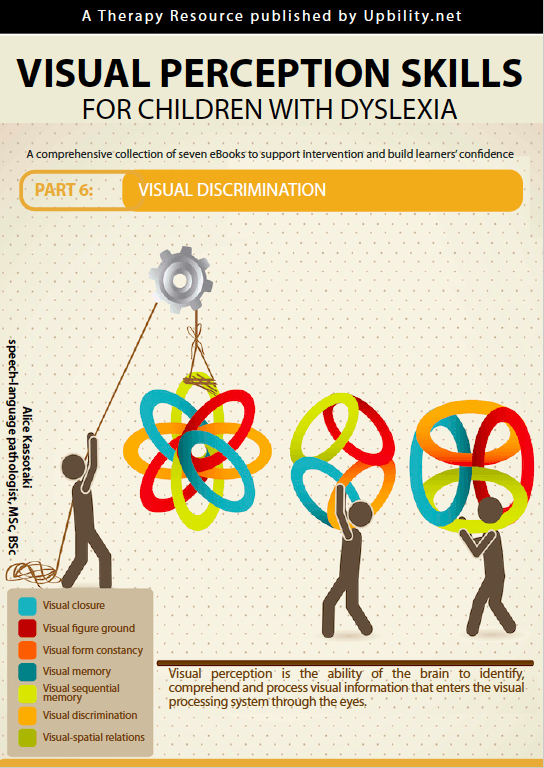Visual Perception Skills for Children with Dyslexia | PART 6: Visual discrimination
Available
Visual Perception Skills for Children with Dyslexia | PART 6: Visual discrimination - is backordered and will ship as soon as it is back in stock.
Description
Description
Visual discrimination
Age Group : 6+
Laid out in a colourful, interactive and easy-to-use format, this book is addressed to special education needs teachers, occupational therapists, logopedists, parents and schoolteachers who aim to support children in developing and strengthening their skills. It introduces a set of games and activities that build and enhance visual perceptual skills in an exciting way.
Visual discrimination denotes the ability to perceive the similarities and subtle differences in objects and forms. Children with learning deficits have difficulty mastering visual discrimination. They often find it hard to identify the similarities and differences between vowels and consonants; in consequence, they reverse, omit or add letters when reading or writing a word. For example, if they cannot understand the differences between the words “foster” and “faster”, they have difficulty discriminating vowels, while if this difficulty pertains to consonants –as in the case of “caper” and “cater”– it implies consonant discrimination deficits.
In this book, you will learn that visual perceptual skills influence several aspects of human development and everyday life, ranging from (mixed) motor skills to essential life aptitudes.
This book comprises inter alia:
-
- 156 worksheets
- activities requiring an ability to visually detect differences and similarities in a wide range of variables such as colour, shape, size, orientation, numbers, syllables and words. More specifically, there are exercises on two-digit and three-digit numbers, uppercase and lowercase letters as well as on two-syllable, three-syllable and polysyllabic words of a simple or complex phonotactic structure.
- 4 interactive games.
Specifications
Specifications
-
Book format
-
SKU
-
Age
-
Number of pages
-
Dimensions
-
Author
-
Pagination
-
Translation & Proofreading
-
Year of publication
Contents
Contents
Age
School-aged children
Author
Alice Kassotaki - Speech Language Pathologist MSc, BSc
Secure Payments
All major methods accepted — fully protected from checkout to delivery.

